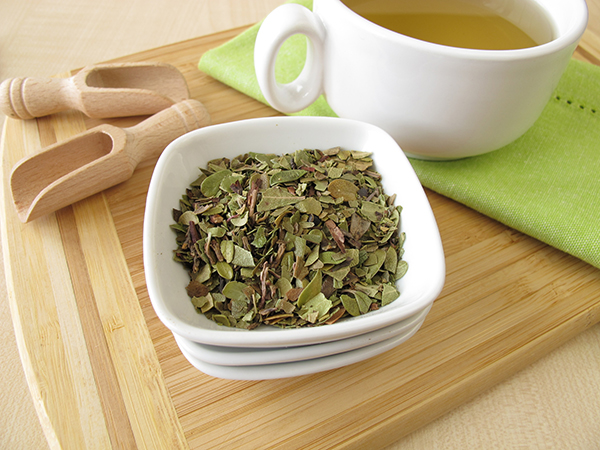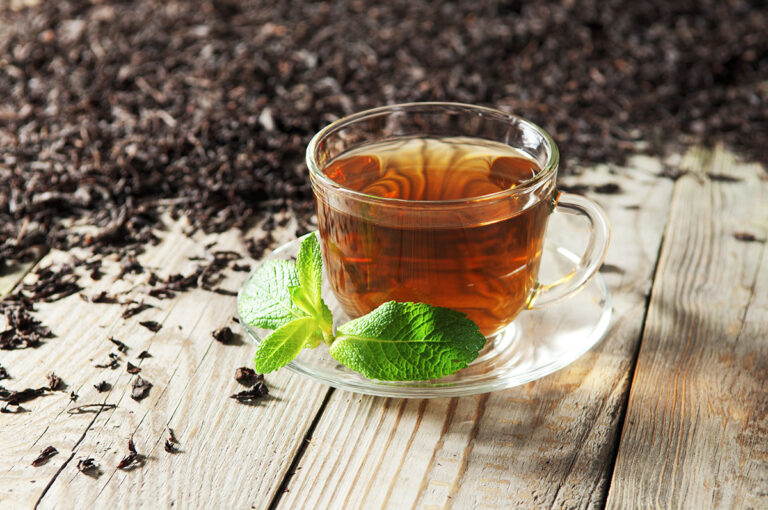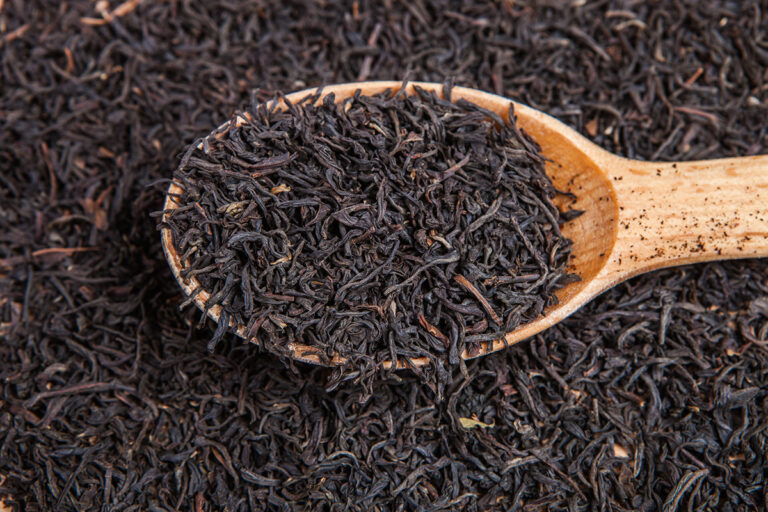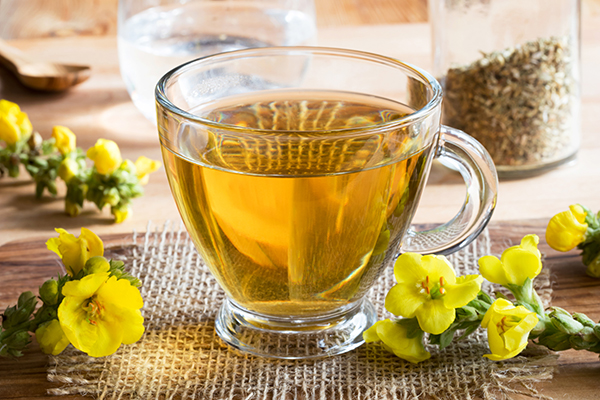How Is Tea Grown and Harvested?
Tea is a popular beverage made from the leaves of the Camellia sinensis plant. The plant’s leaves and buds are processed in various ways to produce different types of tea, such as green, black, white, and oolong. Each type of tea boasts unique flavors, colors, and health benefits, making it a versatile and beloved drink across cultures.
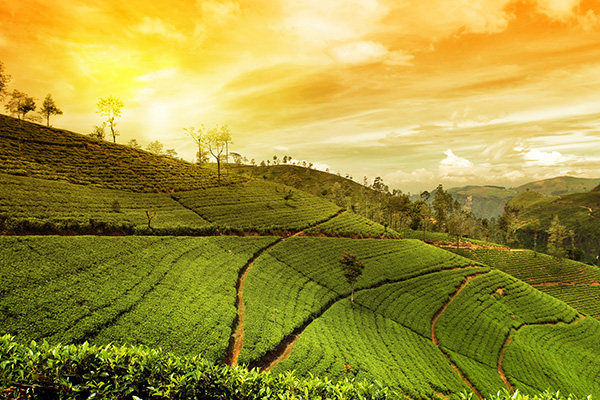
Where is Tea Grown?
Tea is primarily grown in Asia, with China and India being the largest producers. Other notable tea-growing countries include Sri Lanka, Japan, Taiwan, and Kenya. The plant thrives in tropical and subtropical climates, requiring moderate to high rainfall, well-drained soil, and temperatures ranging from 10 to 30 degrees Celsius.
China
China, the birthplace of tea, produces a wide variety of teas, including green, black, white, oolong, and pu-erh. The country’s diverse geography and climate contribute to the unique flavor profiles of its teas. Famous tea-growing regions in China include Fujian, Anhui, Yunnan, and Zhejiang.
India
India is the world’s second-largest tea producer, with the country primarily focusing on black tea. The country’s distinct teas, such as Darjeeling, Assam, and Nilgiri, are named after the regions they are grown in. Each region imparts unique flavors and characteristics to the tea.
Other Tea-Growing Countries
Sri Lanka, formerly known as Ceylon, is known for its robust black tea. Japan primarily produces green tea, with famous varieties such as Sencha, Matcha, and Gyokuro. Taiwan is renowned for its oolong tea, while Kenya, despite being a relatively new tea producer, has become a significant player in the global tea market.
How is Tea Harvested?
Tea harvesting is a delicate process that directly affects the quality and flavor of the final product. Timing and technique are critical, as they determine the tea’s characteristics.
Timing
The timing of the tea harvest varies depending on the type of tea and the region. Generally, there are three main harvest periods: spring, summer, and autumn. Spring harvests, also known as “first flush,” produce the most delicate and sought-after teas. Summer harvests, or “second flush,” yield stronger and more robust flavors. Autumn harvests are typically considered lower quality.
Technique
Tea leaves are typically hand-plucked, ensuring only the highest quality leaves and buds are selected. The standard method involves plucking the top two leaves and a bud, known as the “two and a bud” technique. This process is labor-intensive, but it ensures that only the tenderest and most flavorful leaves are used.
Tea Production Process
The production process varies for each type of tea, with each undergoing different levels of oxidation. Oxidation, the chemical reaction between oxygen and tea leaves, is responsible for the distinctive flavor and color profiles of various teas.
Green Tea
Green tea is the least oxidized, resulting in its characteristic light green color and fresh, grassy flavor. After harvesting, the leaves are quickly steamed or pan-fired to prevent oxidation. Next, they are rolled and shaped, either by hand or machine, and finally, they are dried to preserve their flavor.
Black Tea
Black tea is fully oxidized, giving it a dark color and robust flavor. Once harvested, the leaves are withered to reduce their moisture content. They are then rolled, either by hand or machine, to rupture the cell walls and release enzymes, initiating oxidation. The leaves are left to oxidize until they reach the desired flavor profile, after which they are dried to halt the oxidation process and lock in their flavor.
Oolong Tea
Oolong tea is partially oxidized, falling between green and black tea in terms of flavor and color. After plucking, the leaves are withered and then shaken or bruised to encourage oxidation. The degree of oxidation varies, with some oolongs being closer to green tea and others more like black tea. Once the desired level of oxidation is reached, the leaves are heated to halt the process, and then rolled and dried.
White Tea
White tea is the least processed of all tea types, undergoing minimal oxidation. The leaves and buds are simply plucked, withered, and dried, usually under the sun or in a well-ventilated indoor space. This gentle process preserves the delicate flavors and natural antioxidants present in the tea.
Pu-erh Tea
Pu-erh tea is a unique type of fermented tea produced in China’s Yunnan province. The production process involves both oxidation and fermentation. After plucking, the leaves are withered, pan-fired, and then rolled. The leaves are then fermented using a controlled microbial process, which can last from months to years. Finally, the leaves are pressed into cakes or bricks for storage and aging, which can further enhance their flavor.
Final Thoughts
Understanding these production processes provides valuable insight into the world of tea and highlights the skill and care that goes into crafting this cherished beverage. From the careful cultivation of the Camellia sinensis plant to the intricate harvesting and processing techniques, the journey of tea from leaf to cup is a fascinating and complex story worth savoring.


